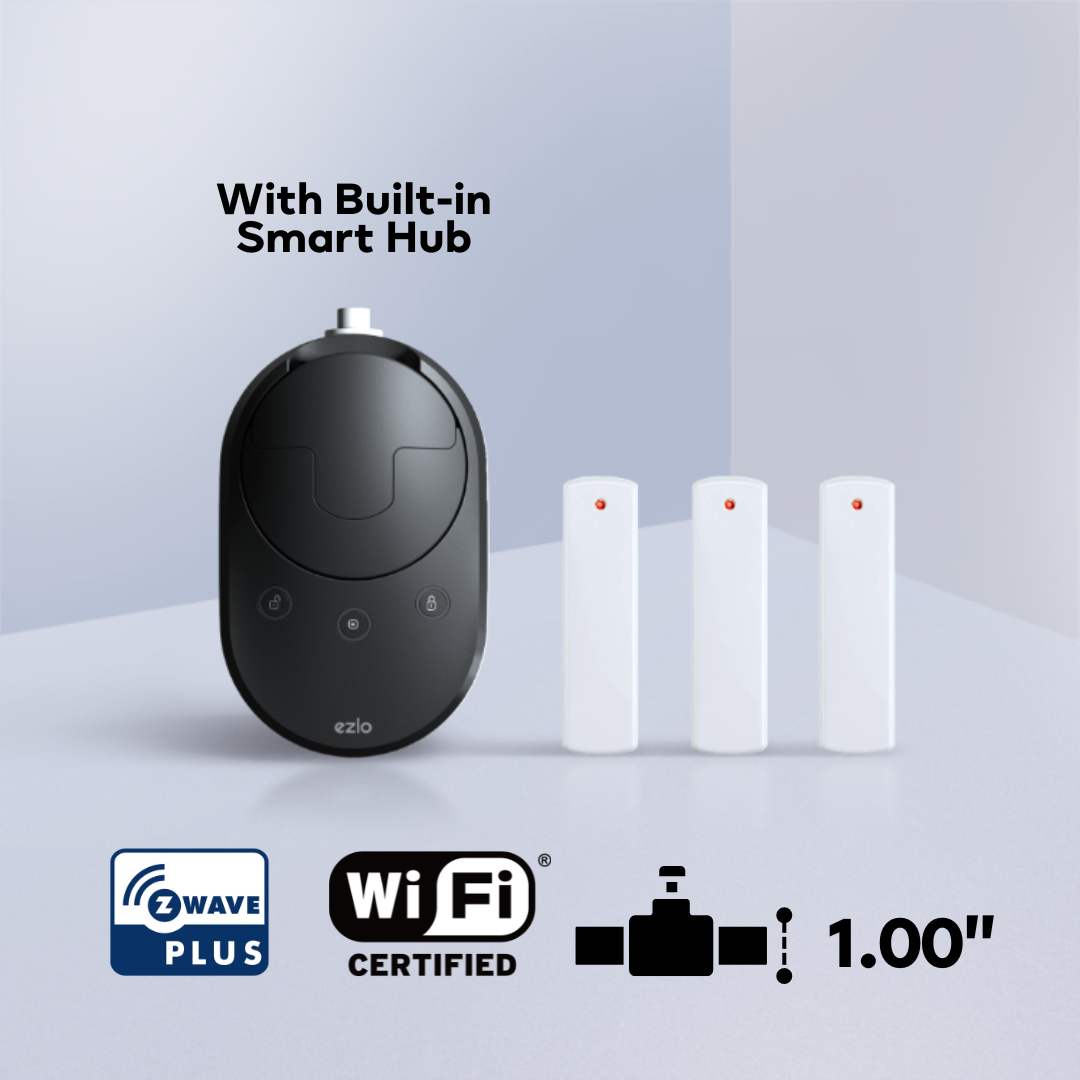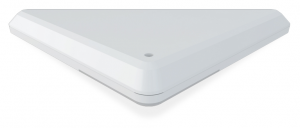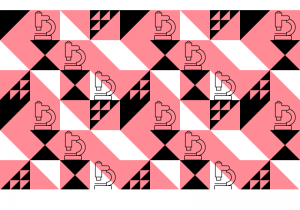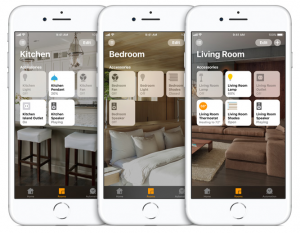Z-Wave: The Most Promising Smart Home Technology in 2024
- March 31, 2022
- by Ezlo Admin
What is Z-Waves?
In 2005, Z-Wave Alliance was founded to help standardize the technology and assist vendors with leveraging its advantages.
Any home automation configuration requires a communication protocol to allow devices to interact with each other and receive users’ commands. As of 2017, there’s over a dozen of such protocols, and some of them are well-known (Wi-Fi, Bluetooth), while others were created for the IoT industry specifically (Zigbee, Insteon, Z-wave).
All of them have the same goal yet differ by the number of compatible devices, interoperability, possibilities, power consumption requirements, bandwidth, and so on. Among them, Z-wave is the most promising one, and here’s why.
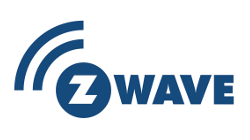
Unlike technologies aimed at general wireless information exchange like Bluetooth and Wi-Fi, Z-Wave was developed in 2003 specifically to monitor and control home automation devices remotely. In 2005, Z-Wave Alliance was founded to help standardize the technology and assist vendors with leveraging its advantages.
12 years later, Z-Wave is used in over 1,500 different products; overall, over 40 million devices have been produced and work using that technology, and Z-Wave Alliance consists of 375 companies, Z-Wave’s ubiquity alone is solid proof of the technology’s reliability and effectiveness.
Still, if we dive a bit deeper into the premises, we’ll see the factual advantages of the protocol.
Depending on the country, Z-wave uses a unique frequency in the range of 865–926 Mhz. Unlike other popular technologies, for instance, Wi-Fi and Bluetooth sending radio waves in the band of ~~2.4 Ghz, Z-wave devices do not get affected by the traffic from other networks and the interference they might cause. In addition to that, all Z-wave devices act as repeaters, which helps extend signal power and range without additional efforts.
Any Z-wave device can talk with any other Z-wave device, even if one of them use the outdated initial Z-wave or, the more modern and widespread Z-wave Plus protocol. This is the interoperability users take for granted nowadays, yet some competing technologies like Zigbee still can’t offer the same flexibility due to their architecture.
Z-Wave implies having a central hub that all home automation devices connect to. While this approach is contrary to the popular ‘mesh’ (hub-less) network topology offered by Bluetooth Low Energy, Zigbee and some others, it helps ensure additional security. Once a device connects to a hub, it gets a unique ID for further communication with it exclusively. And if it’s an alarm or a door lock, Z-Wave guidelines also require protecting data with the AES-128 encryption.
Z-wave devices also consume power efficiently, with the battery life of up to several years in most cases. While in an apples to apples comparison some technologies may outrun Z-wave, the latter allows for the use of sleep mode, and overall does not drain energy like most Wi-Fi devices.
Created for end customers, Z-wave is extremely user-friendly and never requires a trained person to help a beginner with interested in home automation set up build a network on top of manually picked devices (and there can be up to 232 of them, and even in such corner case the integration will remain seamless!).
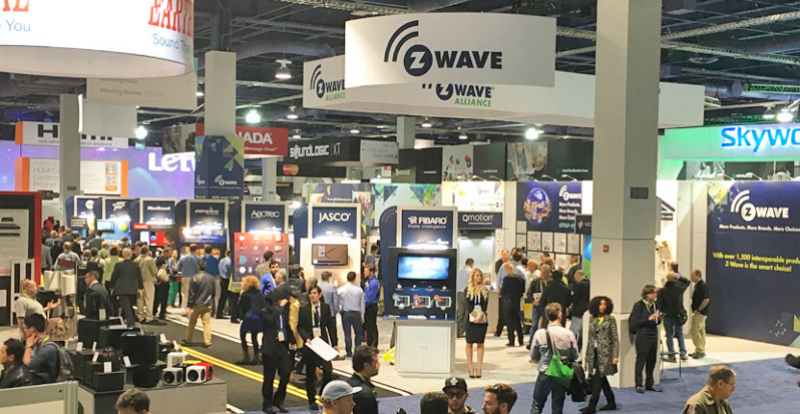
As a result, 2017 is expected to be a year of a significant increase in the number of smart appliances supporting Z-wave rather than any other technology fitting for home automation. And considering 375 companies that joined Z-Wave Alliance and producing next-gen smart home devices, it’s no surprise Z-Wave is nothing less than the most promising technology on the market in 2017.
See Also


